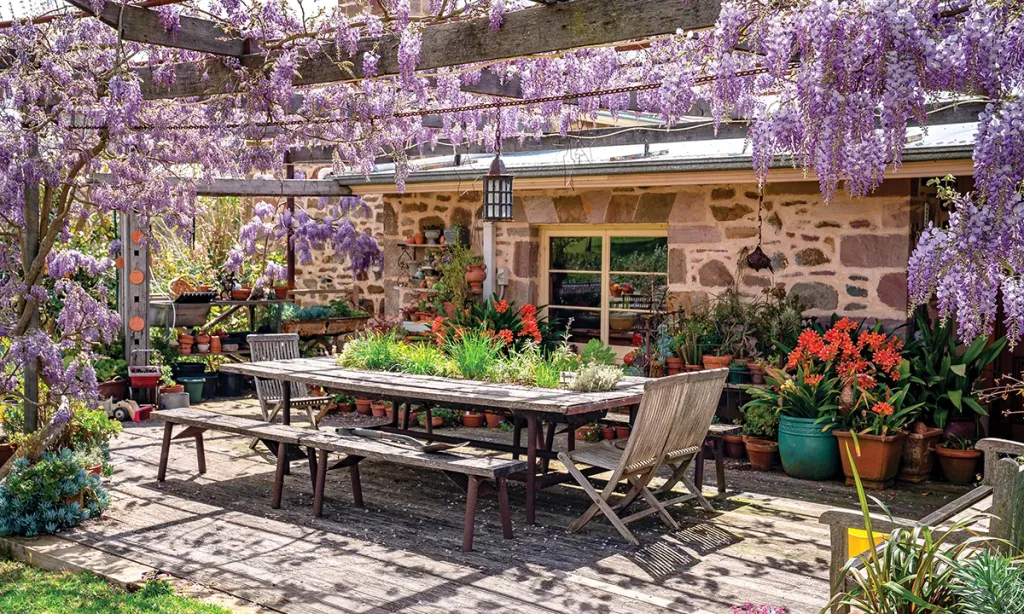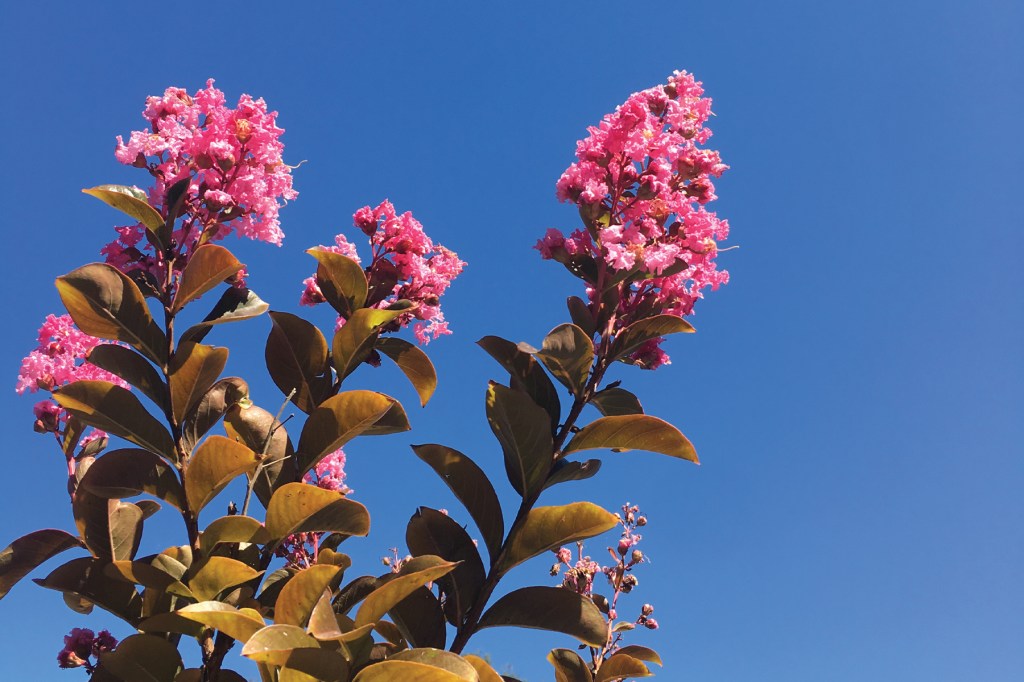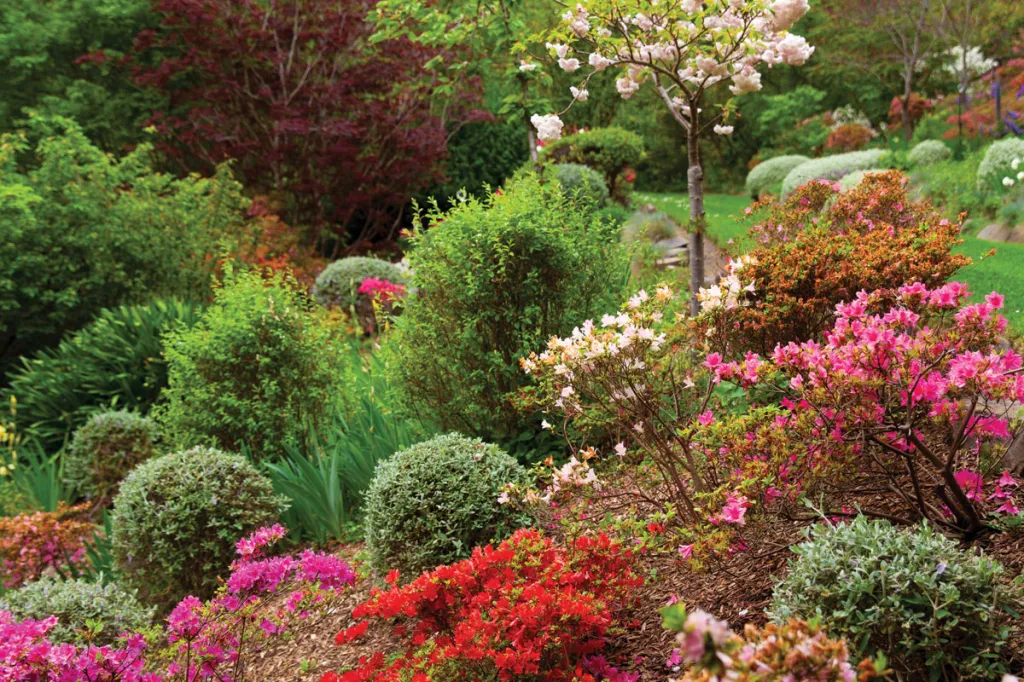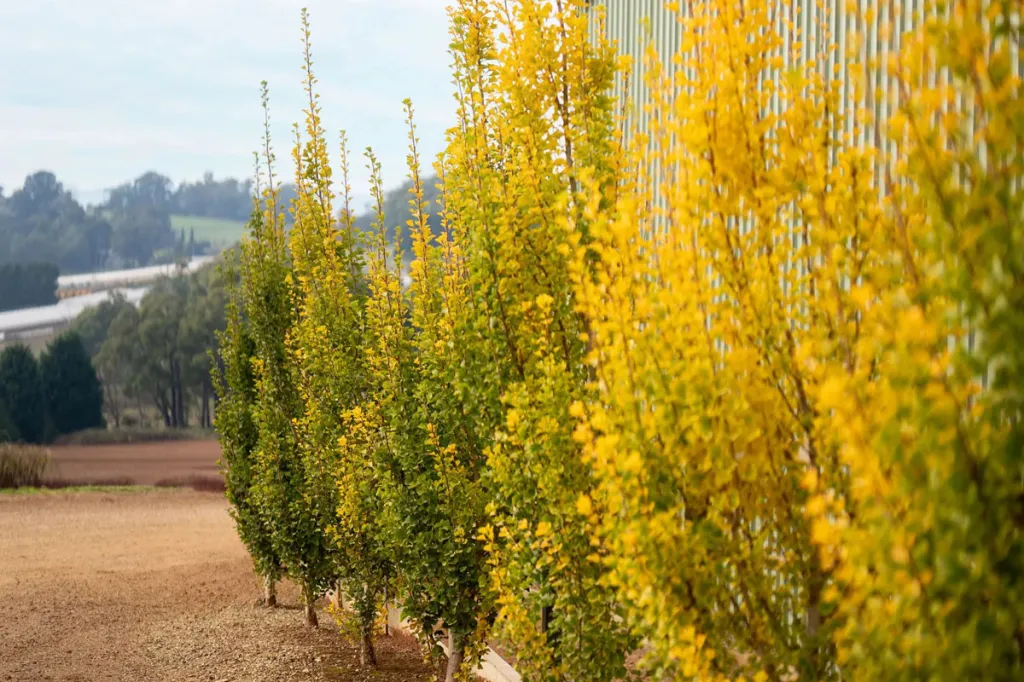Whimsical wisteria

The wisteria has a long history in many cultures that have revered its long-lasting floriferous blooms to carry meanings of romance, happiness and honour.
For many plants that we love and grow in our gardens, there is rich history, plant lore and beguiling stories that go along with them. The wisteria is one standout genus carrying centuries of rich history that is worth delving into to better enjoy their glorious springtime displays.
Wisteria species are only native to a handful of areas including Korea, Japan and China; some to the Eastern part of the United States and Southern Canada and north of Iran. Wisteria sinensis was first introduced to Britain in 1816 by John Reeves, chief inspector of tea at Canton, as cuttings from a plant growing in the garden of a Chinese merchant in Canton. In Britain, the plants flowered as early as 1819 and cuttings were selling for about six guineas each. By 1835, wisterias were so common in Britain they were selling for less than two shillings per plant.

In Japan, wisteria (fuji) has been cherished for centuries with extensive and rich plant lore. In the 1820s Japanese Kabuki theatrical dance Fuji Musume, a young maiden in a painting waits for her lover under a wisteria. Tired of waiting for him, she steps out of the frame to meet the young man who has been admiring the painting. She falls hopelessly in love with him; however, he doesn’t love her back. Rejected, she returns to the painting, eternally waiting for a lover who never comes.
Because of its longevity and fertility, wisteria is considered auspicious throughout Japanese culture and is a popular symbol in mon (family crests). It is also a popular choice as a gift for newlyweds as it represents a long happy marriage.

In Chinese culture wisteria blossoms are a symbol of good luck, success and romance. If you align your home plantings with Feng Shui principles, the drooping habit of its racemes (flowers) is considered to represent humility and kneeling before someone else to honour them. In the language of flowers, wisteria says youth, poetry and “Let’s be friends”.
So, if you are thinking of a romantic sitting with, or a proposal to a loved one, an interlude underneath the canopy of a wisteria is certainly the place to be.
When purchasing a wisteria, check for a strong, well-healed graft union with all stems coming from above it. Check that the shoots are in good condition and not broken or damaged.

Grow in a moisture-retentive, well-drained soil that is reasonably fertile in full sun or dappled shade. Add plenty of organic matter to the soil before planting and avoid excessive fertiliser (particularly nitrogen) as this can affect the number of blooms. Being in the legume family, wisterias have nitrogen fixing capability and thus mature plants may benefit from added potassium and phosphate, but not nitrogen. A cool root run is essential for a happy wisteria, so mulch well or plant where the roots are in the shade and the growing part of the plant has good sunlight.
Wisterias are vigorous climbers that require lots of space, a very sturdy support, and regular pruning to be seen at their best.

Wisteria does a fabulous job of covering a pergola area.
For a new planting, cut back the main stem to a plump, healthy-looking bud about 90cm from the ground and remove any side-shoots. This will encourage new, vigorous side-shoots. It is important during the first summer to tie the top side-shoot vertically to the horizontal wires to form a new leader. Tie in the strongest side-shoots on either side of the plants to about 45 degrees.
Once the main framework of the wisteria is complete, it will continue to require pruning twice a year: once in late summer and again in winter. Shoots that are required for the shape of the plant should be left unpruned. From then on, pruning is straightforward: cut back all the whippy new growth to four to six leaves during late summer, and then, later, once the leaves have fallen and it’s easier to see what you are doing, cut the same stumps to just two or three buds from the main framework.
Subscribe for updates

Wisterias can also be purchased or trained as a standard, remembering that they will require substantial support.
The two main types of wisteria that we see here in Australia are Chinese wisteria (Wisteria sinensis) and Japanese wisteria (Wisteria floribunda). Chinese wisteria prefers warmer temperate areas and produces blue or white blooms, while Japanese wisteria prefers cooler regions and loves frosty conditions. Producing more flowers than the Chinese varieties, Japanese wisteria comes in colours from white to rosy pink and violet blue, and is generally considered to be the most potent and long-lasting in terms of fragrance. Keep your eyes out for these beautiful varieties:
Wisteria sinensis Blue Pacific
Heavy flowering with bright purple to blue flowers that hang in racemes to 35cm.
Wisteria sinensis Jako
A white flowering form, fragrant and a standout in the garden.
Wisteria floribunda Shiro Noda
This is the white flowering species, only slightly fragrant, but it is the most famous of all.
Wisteria floribunda Hon-Beni
The Pink Japanese wisteria, or Rosea, has pale rosy pink flowers, long racemes and is very elegant.
Wisteria floribunda carnea, Kuchi Beni
Similar to Hon-Beni, the flowers of this variety colour a little deeper, with good fragrance.
Wisteria floribunda Lawrence
Attractive blue-violet flowers, with long racemes to 50cm.
Wisteria floribunda Macrobotrys (Purple Patches)
With very long racemes to nearly 1m, this is an old favourite.
Wisteria floribunda Shiro Noda (Snow Showers)
Later flowering than some others, producing white flowers with a touch of yellow and mild fragrance.
Wisteria floribunda Violacea Flore Plena (Black Dragon)
Also known as Royal Purple, this variety has deep purple flowers and shorter racemes that will still reach up to 40cm. A stunning dark flowering cultivar.




